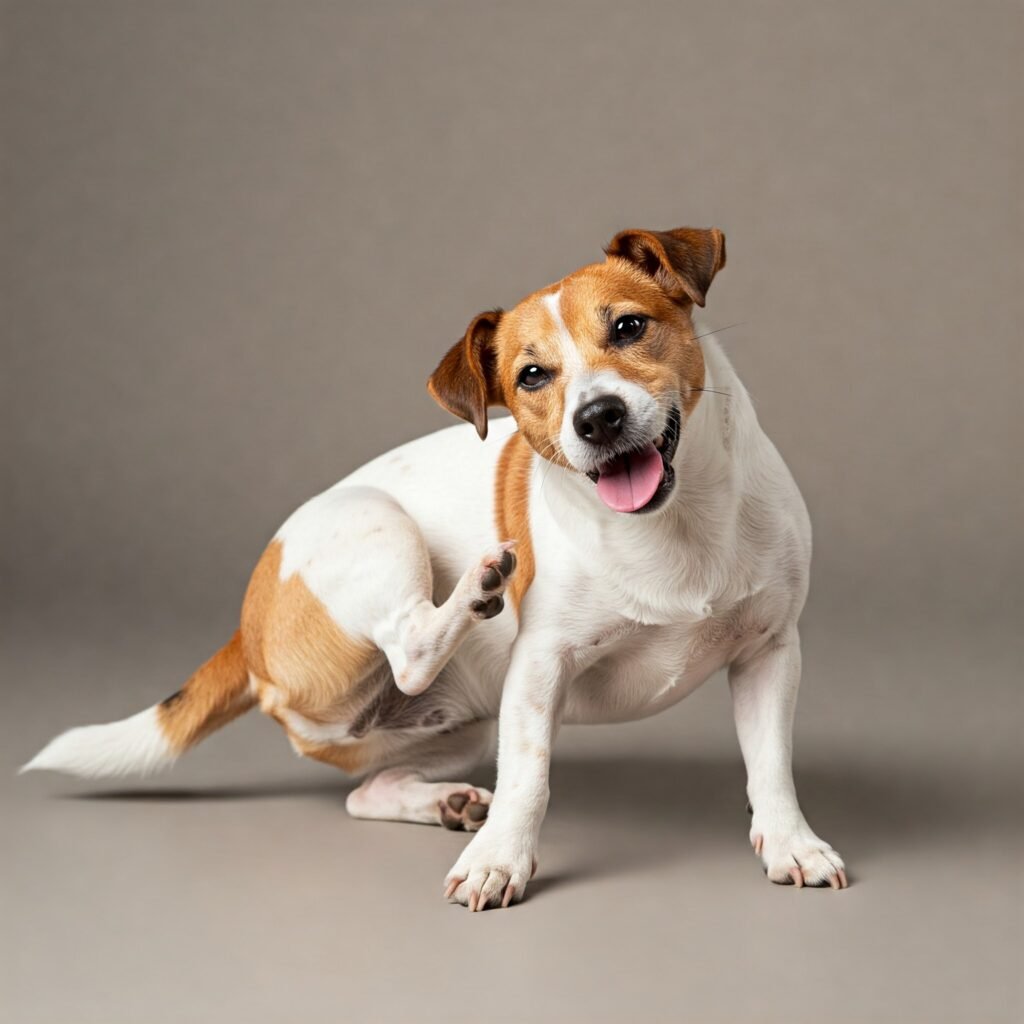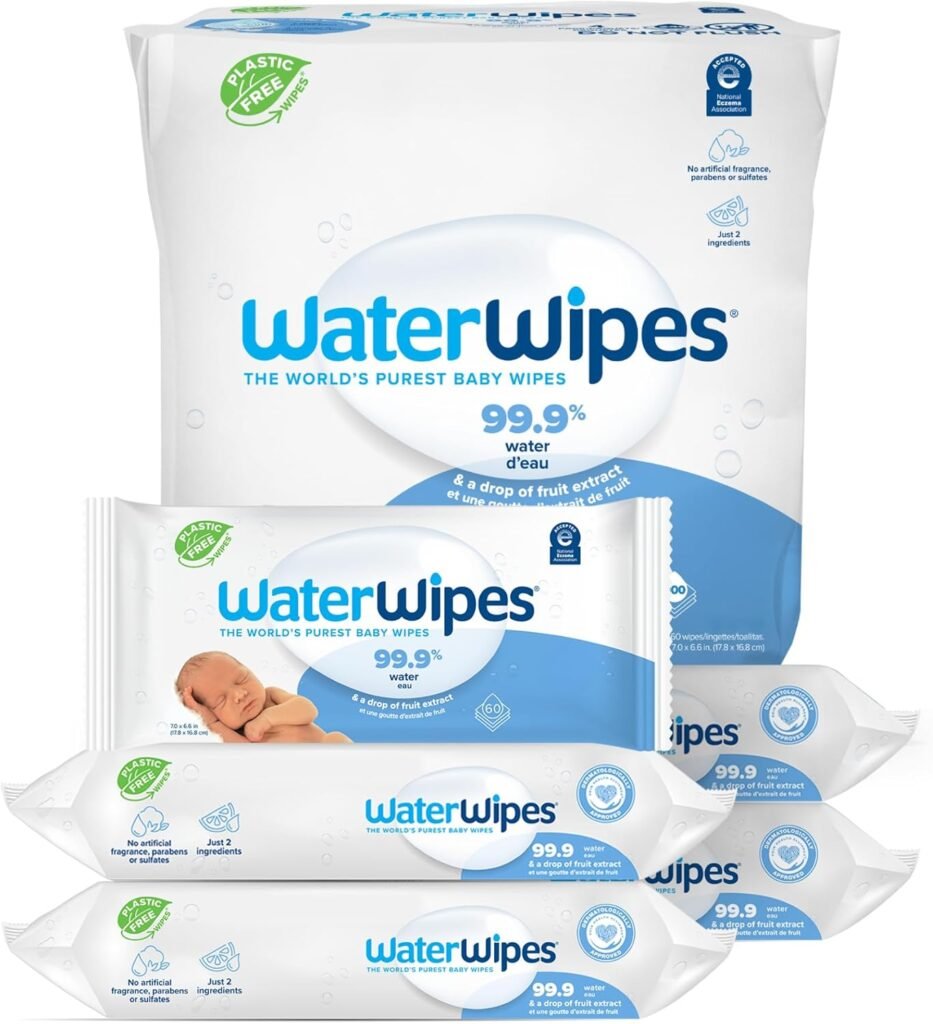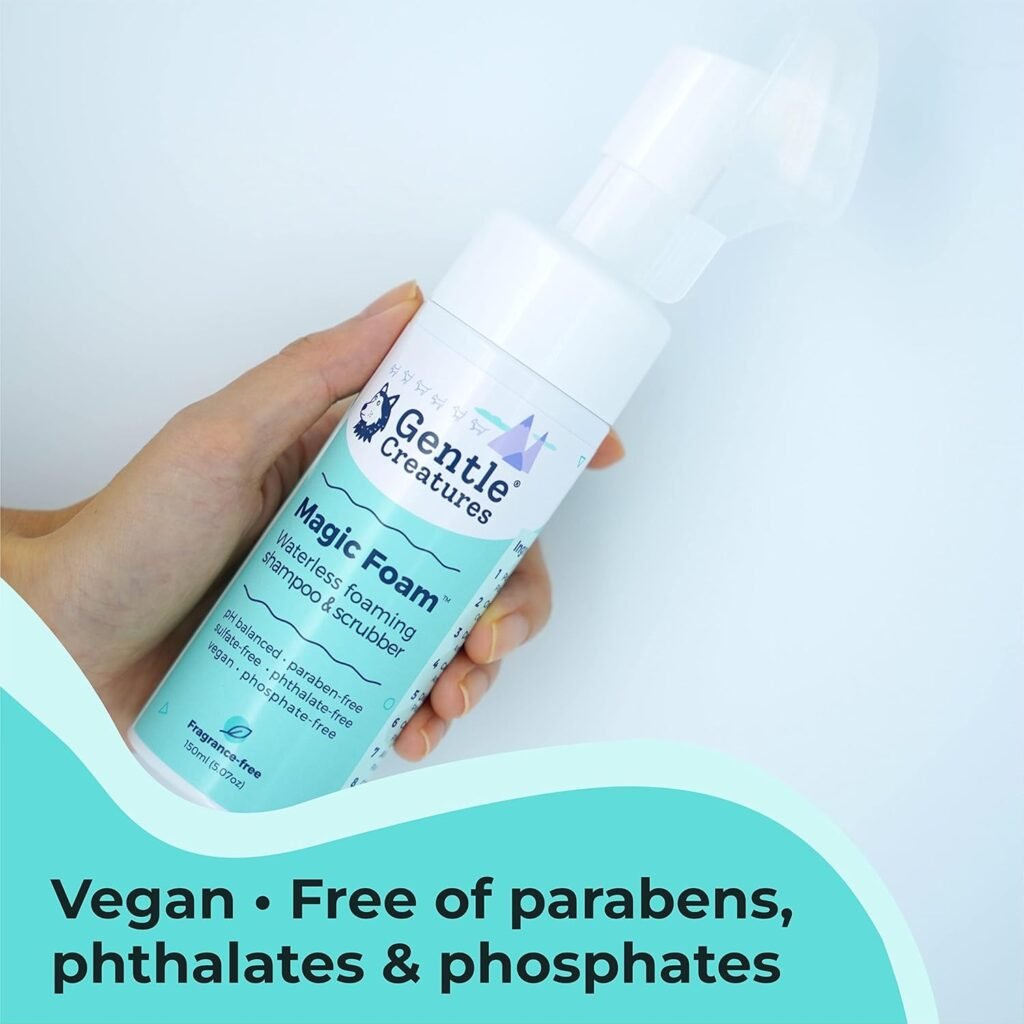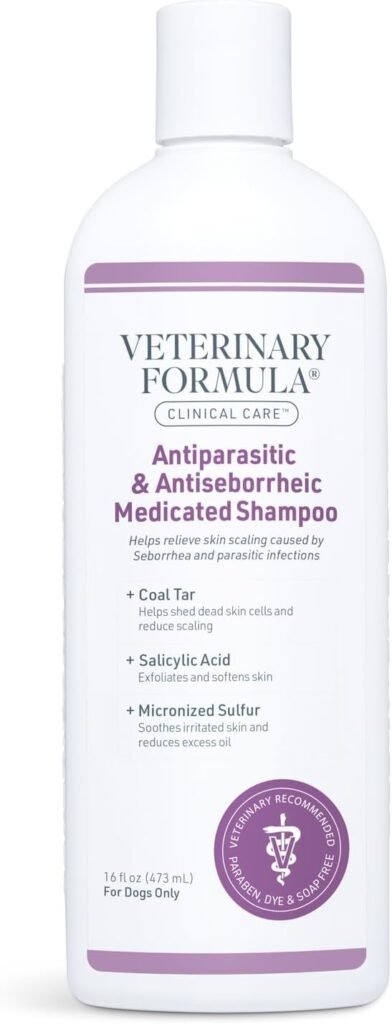If you’re reading this, chances are you have a pup struggling with allergies, and you’re searching for answers. I’ve been there. My dog, Yuna, who turned 8 this past February, has had severe environmental allergies since she was just a few months old, and it has been a long, frustrating journey to figure out how to help her. From constant itching to red, irritated skin, watching her suffer was heartbreaking. But through trial, error, and a lot of research, I found ways to manage her allergies and improve her quality of life.
In this post, I’ll share my experience with Yuna’s allergies, what worked (and what didn’t), and tips that might help your furry friend feel better.
Recognizing the Signs of Dog Allergies
At first, I didn’t realize Yuna had allergies. It started with occasional scratching, which I assumed was just normal dog behavior. But soon, the symptoms escalated:
- Constant licking of her paws
- Red, inflamed skin (especially on her belly and ears)
- Ear infections
- Chewing on her feet until they were raw
- Patchy fur loss from excessive scratching and licking
- Skin darkening and musty smells attributed to Yeast overgrowth and secondary bacterial skin infections.
- Very greasy fur, even only a day after a bath
If your dog is showing similar signs, allergies might be the culprit. But before trying anything, always consult with your vet to rule out other conditions like infections or parasites.
What Helped Yuna’s Allergies (And What Didn’t)
Through many vet visits and plenty of trial and error, I discovered several things that made a huge difference in managing Yuna’s allergies. Here’s what worked and what didn’t:
1. Identifying the Triggers
The first step was pinpointing the exact allergens causing Yuna’s reactions. After allergy testing and a process of elimination, we learned she was sensitive to:
- Grass and pollen (from various local grasses, trees, and pollens in Queens and Long Island)
- Dust mites
- Certain cleaning products and fabric softeners
- Some fragrances
- Certain foods (though food allergies weren’t the main issue for her.)
Every dog’s triggers can vary, so keeping a journal of symptoms and exposure can be helpful in identifying patterns.
2. Bathing & Wipe-Down Routine
Yuna’s environmental allergies meant frequent bathing became crucial. I started using WaterWipes Plastic-Free Original Baby Wipes to gently wipe her paws, belly, face, and booty after every walk. These wipes are hypoallergenic, unscented, and made with 99.9% water, so they’re perfect for her sensitive skin.
Additionally, I use Gentle Creatures Magic Foam—a sulfate-free, waterless shampoo and paw cleaner. It’s been a game-changer for quick touch-ups and cleaning after walks. With its built-in scrubber and odor control, it helps keep Yuna’s paws and fur fresh and clean, without needing a full bath. Plus, it’s gentle enough for her sensitive skin, and I love the refreshing orange scent! After consulting multiple vets and doing extensive research, I found that frequent bathing is essential for dogs with skin issues and allergies. Bathing helps remove allergens, yeast, and bacteria from their fur and skin, which can reduce flare-ups and promote healthier skin.
3. Shampoo That Works: Veterinary Formula Clinical Care Antiparasitic & Anti-seborrheic Medicated Dog Shampoo
Yuna’s chronic yeast and bacterial infections caused her fur to fall out, and her skin darkened. After trying countless shampoos—both personal and vet-recommended—the only one that made a significant difference was Veterinary Formula Clinical Care Anti-parasitic & Anti-seborrheic Medicated Dog Shampoo. It has a strong sulfur smell, but it’s been a game-changer. Not only has it addressed her skin issues and excessively greasy coat, but her fur is starting to grow back, and her skin is noticeably healthier. I highly recommend it for other dogs with similar issues.
4. Omega-3 Supplements (But Not for Yuna)
Yuna is extremely picky and doesn’t like the smell of anything with fish oil, so adding omega-3s to her diet has been a challenge. I did have success with omega-3s for my other dog, Nami. My vet recommended Nutramax Welactin Daily Omega-3 Supplement For Dogs, and Nami loves them. Her hair is growing back, and her itching and dry skin have reduced significantly. For dogs like Yuna who are picky eaters, adding supplements can be tricky, but Nami’s experience shows that some dogs respond well to soft chews.
5. Air Purifiers
Living in areas with lots of local grasses, pollens, and trees (like Queens and Long Island) means allergens are a constant battle. To help reduce airborne allergens in our home, I invested in a Dyson Purifier, and it has made a noticeable difference in the air quality and I’ve noticed Yuna had fewer severe flare-ups.
6. Natural Remedies (What Didn’t Work)
I’ve tried numerous natural and homeopathic remedies such as coconut oil and Quercetin, but unfortunately, none of them worked for Yuna. I also tried local honey as a potential allergy treatment, but it didn’t provide any relief. While some dogs might benefit from these types of remedies, they didn’t make a difference for Yuna.
7. Immunotherapy
We tried immunotherapy with two different vets for over two years, but it didn’t work for Yuna at all. It was disappointing, but I’m glad we gave it a try. Sometimes, it just takes finding the right approach that works for your individual dog.
8. Medication: Cytopoint, Not Apoquel
I’m cautious about overmedicating and over vaccinating my dogs, especially after Yuna had a severe reaction to a rabies shot in 2022 (she broke out in hives and was disoriented, which sent us to the emergency room). I’m not a fan of Apoquel. I tried Apoquel once for Yuna, but it caused elevated liver values on her blood test, which was concerning. Instead, Yuna gets a Cytopoint injection every month. This medication has been much more effective in managing her symptoms. It works to control her itching and inflammation without the long-term side effects that come with some other treatments.
Final Thoughts: Be Patient & Keep Trying Helping a dog with allergies is often a trial-and-error process. What works for one dog may not work for another. But by identifying triggers, keeping the environment clean, adjusting their diet if necessary, and finding the right treatments, you can make a big difference in your dog’s comfort and quality of life.
Always consult with your vet before trying anything new with your baby! There’s no one-size-fits-all solution, but persistence and patience will help you find the best care plan for your dog.
🐾 Have you found a solution that works for your dog? Let me know in the comments!






